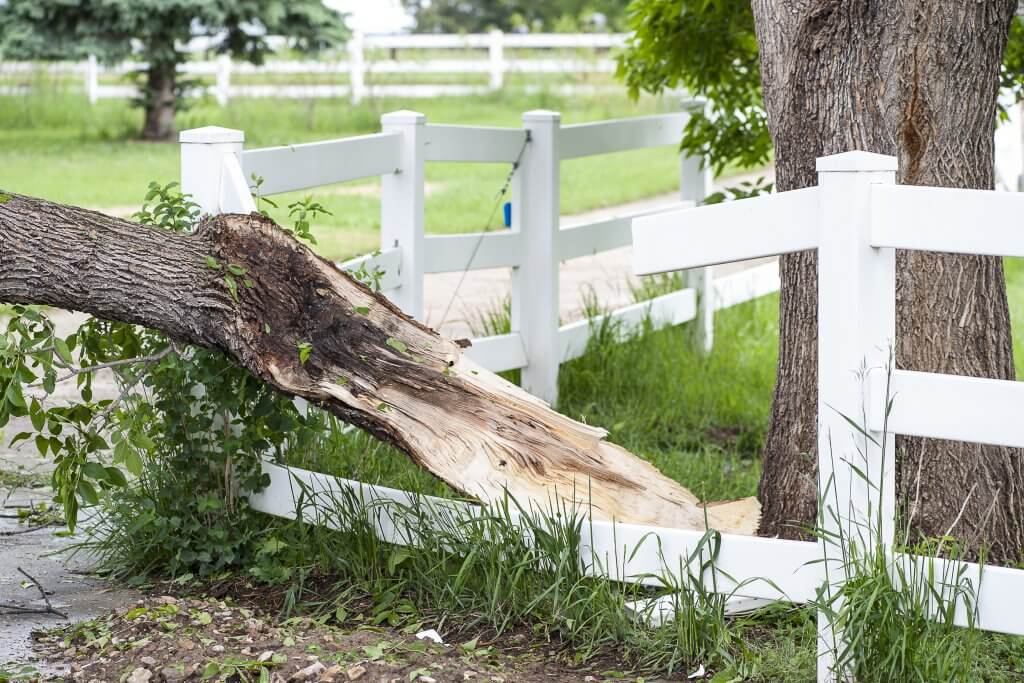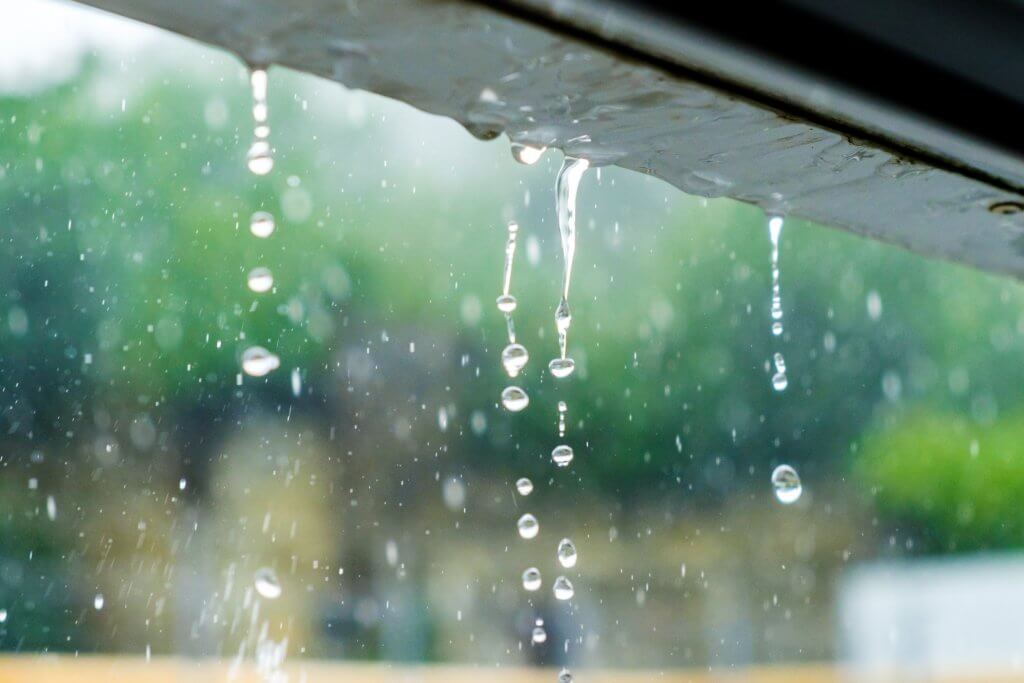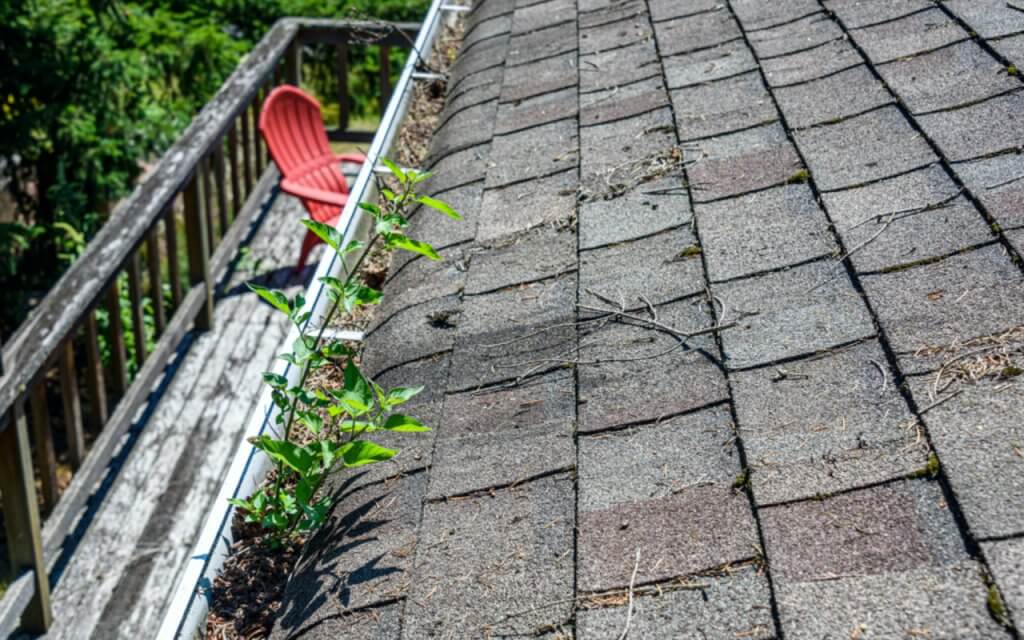The typical Chicagoland and Northwest Indiana home is no stranger to some heavy weather. Sometimes, it’s a powerful hailstorm, other times it might be a tornado. Even heavy squalls tend to leave their mark on homes, especially the roofs. So, if there’s a storm and it damages your roof, what’s the best way to estimate said damage?
Well, here at M&M Home Remodeling Services, we like to help keep the community informed on properly assessing roof storm damage. With that in mind, here is a handy little checklist for everything you need to examine after a storm when it comes to your roof.
Different Types of Roof Damage
Hail

Hail is one of those types of precipitation that doesn’t last long but leaves a massive impact. Large, solid chunks of ice can leave dents in anything from concrete to metal, and the damage they can do to a roof can be quite severe. For example, hail can leave your roof covered with pockmarks and dents in your shingles. It can also knock loose shingle granules, which give your roof protection against the elements.
Wind

Both light and heavy wind can cause damage to the shingles. For instance, sharp, sudden gusts of wind might curl the shingles and leave them “open” to rain. Heavy, hurricane winds can outright tear the shingles off, leaving everything underneath exposed.
Debris

Often, hurricanes and strong winds bring debris with them, such as stones, branches, and even refuse. Large objects can dent or damage the shingles when hurled at high speeds. That damage can leave the roof susceptible to water intrusion.
Standing Water

Uneven roofs or roofs without proper drainage can retain some of the water from rain storms or even melting snow. The water can slowly penetrate the underlayment of the roof deck, which can cause damage to not only the roof but also the walls and the ceilings of your home.
Conducting a Roof Inspection
Inspect the Roof

Before contacting a roofer, it’s important to assess the damage, so naturally, the roof is the first place you need to look. Check everything, from every angle possible, and note down any damage you see. It’s also instructive to look under the roof from your window and see if there’s any additional damage.
Inspect Ceilings and Attics

Sometimes, a roof might look good after a storm, but the water will still come through somewhere. That’s why it’s important to check your attic and your ceilings, as well as any light fixtures. If you see moisture forming anywhere, you probably have a leak.
Inspect Vents, Windows, and Gutters

Water can leak through anywhere, not just your roof. So, when assessing the damage, make sure to inspect all of your windows for cracks or tears, and see if the vents aren’t clogged. In addition, make sure that the gutters are fine and that there are no signs of bending, breaking, or tearing.
M&M, a Roofer You Can Trust
When you assess your roof for storm damage, you will need a roofer you can trust. Here at M&M, we’ve been helping over 50,000 people with roof-related issues since 1976. So, if you need some repairs on your roofs, sidings, windows, or gutters, give us a call today.





